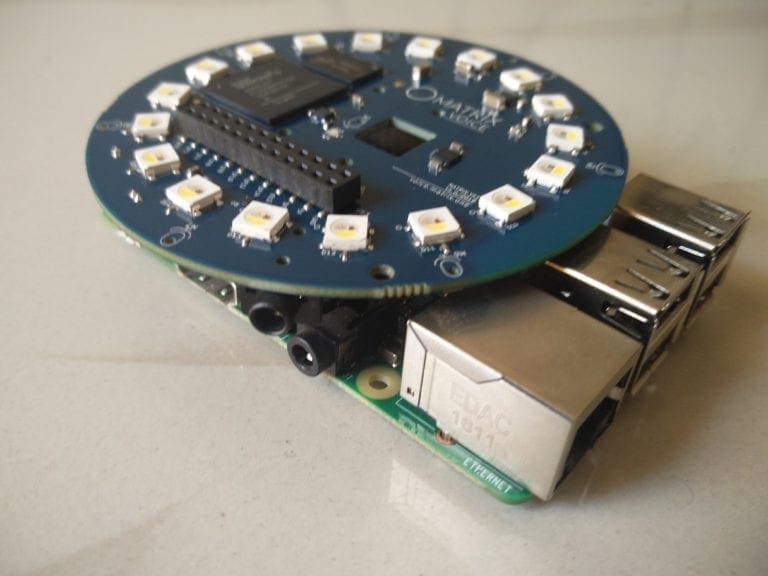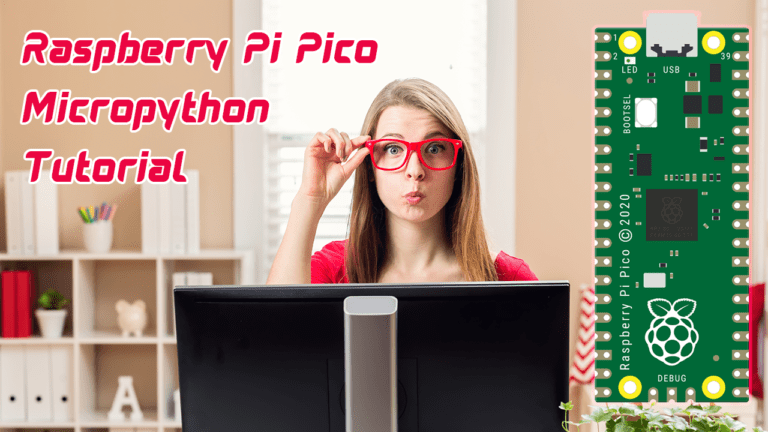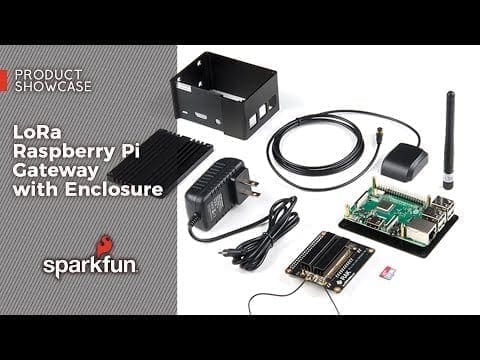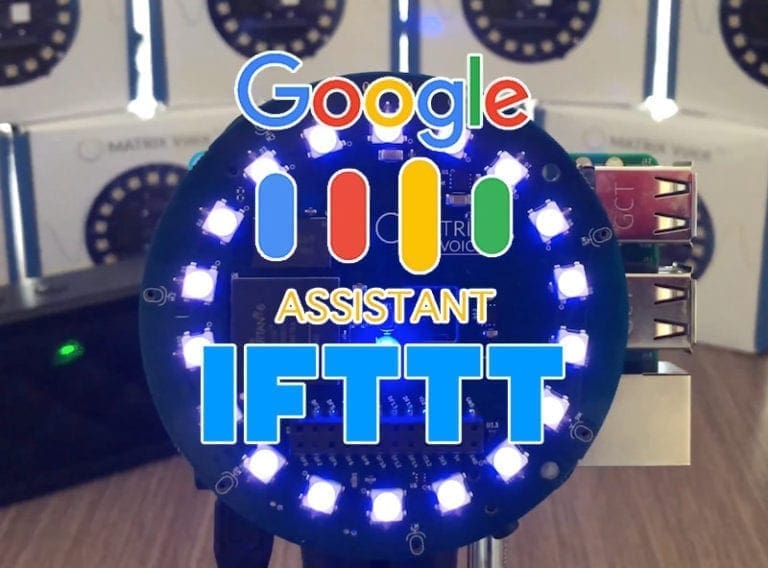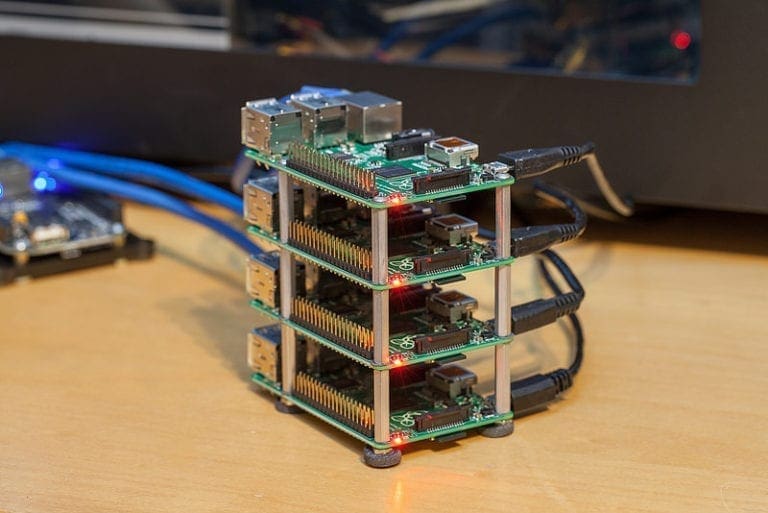Best Raspberry Pi 4 OS for 2021 That Makes Everyone Love It!
What is Raspberry Pi 4?
Raspberry Pi 4 Model B is the latest generation of Raspberry Pi computers. The Raspberry Pi 4 is not a normal gadget. It is in its most basic form an electronic credit card, equivalent to a PC or a laptop, but much smaller. It’s available for as little as $35, though you’re better off with the $55 version with 4GB of RAM due to its higher overall performance.
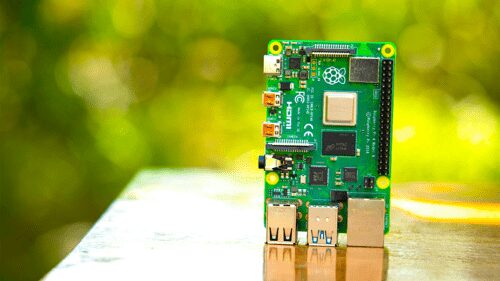
What Raspberry Pi 4 can do?
Raspberry Pi 4 is capable of incredible tasks. Firstly, Raspberry Pi boards are used by amateur technologists as media centers, file servers, retro game consoles, routers, and network ad blockers. However, this is only a sample of what is possible.
There are hundreds of internet projects in which people use the Raspberry Pi to construct tablets, laptops, robots, and intelligent mirrors and to photograph on the edge of the room and perform experiments on the International Space Station, and this is only the start.

With the better performance of Raspberry Pi 4, a wave of new applications can now be created to decode 4K video, quicker storage via USB 3.0, and faster network access over real Gigabit Ethernet. Additionally, it is the first Raspberry Pi to support dual displays up to dual 4K@30 screens.
OS for Raspberry Pi 4
Your Raspberry Pi requires an operating system to perform properly. You can run a variety of general-purpose operating systems on a Raspberry Pi 4. These operating systems come pre-installed with web, productivity, and programming applications. Given the utility of a Raspberry Pi, it is vital to choose an operating system that is compatible with it. While Linux offers a lot, an OS optimized for a certain activity might save you a lot of time and effort.
Today we give a list of the finest excellent Linux distributions for the Raspberry Pi depending on your purpose.
| SL No | Name | Link |
|---|---|---|
| 1 | NOOBS | Click here to Download |
| 2 | Raspberry Pi | Click here to Download |
| 3 | Ubuntu Desktop | Click here to Download |
| 4 | RISC | Click here to Download |
| 5 | Windows on Raspberry | Click here to Download |
| 6 | OctoPi | Click here to Download |
| 7 | Ubuntu Server | Click here to Download |
| 8 | Kali Linux | Click here to Download |
| 9 | Linutop | Click here to Download |
| 10 | OpenHABian | Click here to Download |
| 11 | RetroPie | Click here to Download |
| 12 | OSMC | Click here to Download |
| 13 | Kano | Click here to Download |
| 14 | Lakka | Click here to Download |
Raspberry Pi 4 OS Category: General Purpose
On a Raspberry Pi 4, you may run a variety of general-purpose operating systems. These operating systems have a graphical user interface for desktop computing with pre-installed web, productivity, and programming apps.
NOOBS
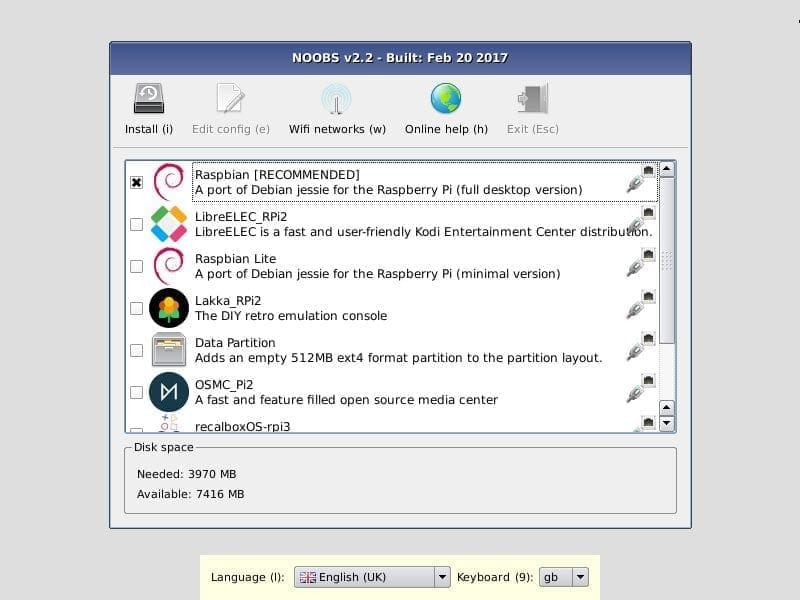
Users unfamiliar with the Raspberry Pi environment can quickly experiment with several of the operating systems listed above by installing the Raspberry Pi Foundation’s NOOBS (new out-of-the-box software) operating system.
The objective of NOOBS is to simplify the process of installing a system operating system for users without technical skills. You can install NOOBS manually or purchase a pre-loaded SD card from the majority of Raspberry Pi vendors.
Raspberry Pi (AKA Raspbian)
The Raspberry Pi OS (formerly known as Raspbian) is the only officially supported operating system for the Raspberry Pi 4. The Raspberry Pi Foundation provides incredibly detailed instructions for installing the Raspberry Pi’s operating system. Additionally, there are several community videos, tutorials, and forums where you can seek support.
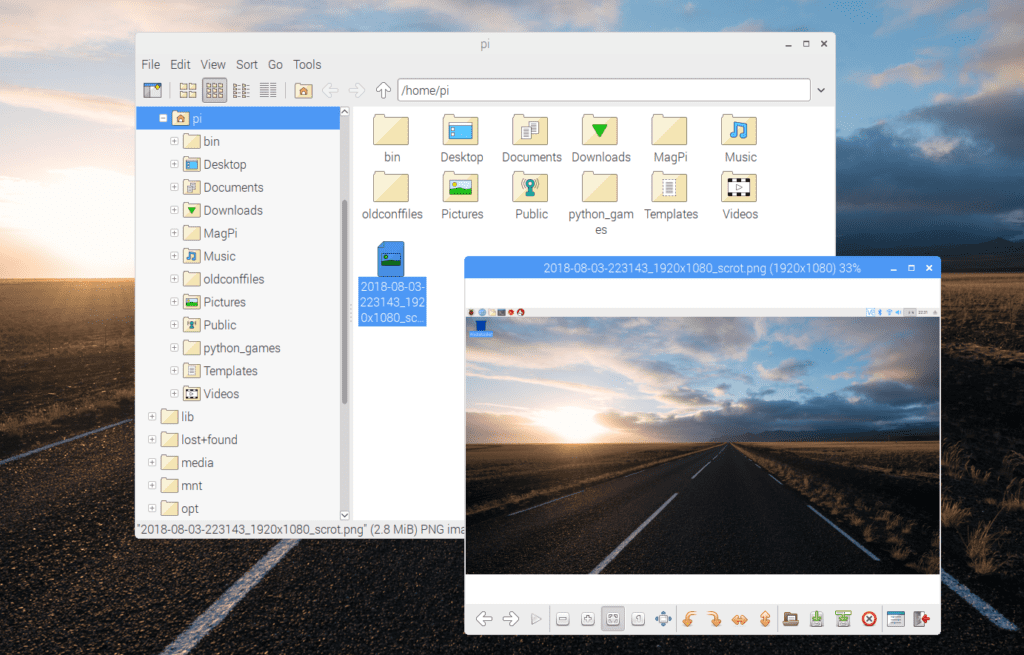
The Raspberry Pi OS, as expected, supports all of the Pi 4’s hardware characteristics. However, due to the distribution’s goal of supporting a broad range of use cases, the default installation takes up more space than some of the more targeted operating systems.
- Installation process: Formatting the microSD card requires a host operating system (Linux, macOS, or Windows) or can be done via NOOBS. On the initial boot, a graphical wizard completes the setup process.
- Software store availability: Yes, through the advanced packaging tool (APT)
- Minimum SD card size: 8 GB
Ubuntu Desktop

Ubuntu Desktop is a popular introduction to Linux for individuals new to the platform, as it has a less austere user experience than Raspberry Pi OS. This comes at the cost of performance and increased storage space required to take advantage of the desktop interface’s enhanced capabilities.
Ubuntu Desktop includes simple installation instructions as well as a graphical setup menu to guide you through the process. Ubuntu as a whole has a huge user base across a range of hardware platforms, resulting in a supportive and responsive community. Keep in mind that Ubuntu’s FAQ section contains years’ worth of questions and answers that may or may not pertain to the Raspberry Pi.
- Installation process: Requires host OS (Linux, macOS, or Windows) to format the microSD card. The graphical wizard completes the setup process on the first boot.
- Software store availability: Yes, through the APT or Ubuntu software store
- Minimum SD card size: 25 GB
Risc

RISC OS, built by Acorn in the late 1980s, is considerably different from other operating systems on this list. It is a native ARM operating system not dependent on any other OS, resulting in an easy-to-change, very efficient, bare-bones operating system. While there are various methods to flash Risk OS on an SD card, users need the unique nature of this desktop OS to adjust to its distinctive UI and file system structure. The more complex appeal of this OS created a tiny community for support and assistance.
OS users can download the incredibly compact 130 MB image, which includes the graphical user interface and a tiny choice of programs.
- Installation Process: Requires host OS (Linux, macOS, or Windows) to format the microSD card or can be installed through NOOBS. The graphical wizard completes the setup process on the first boot.
- Software store availability: No, but extra applications are available from their website
- Minimum SD card size: 2 GB
Windows 10 (Windows on Raspberry)
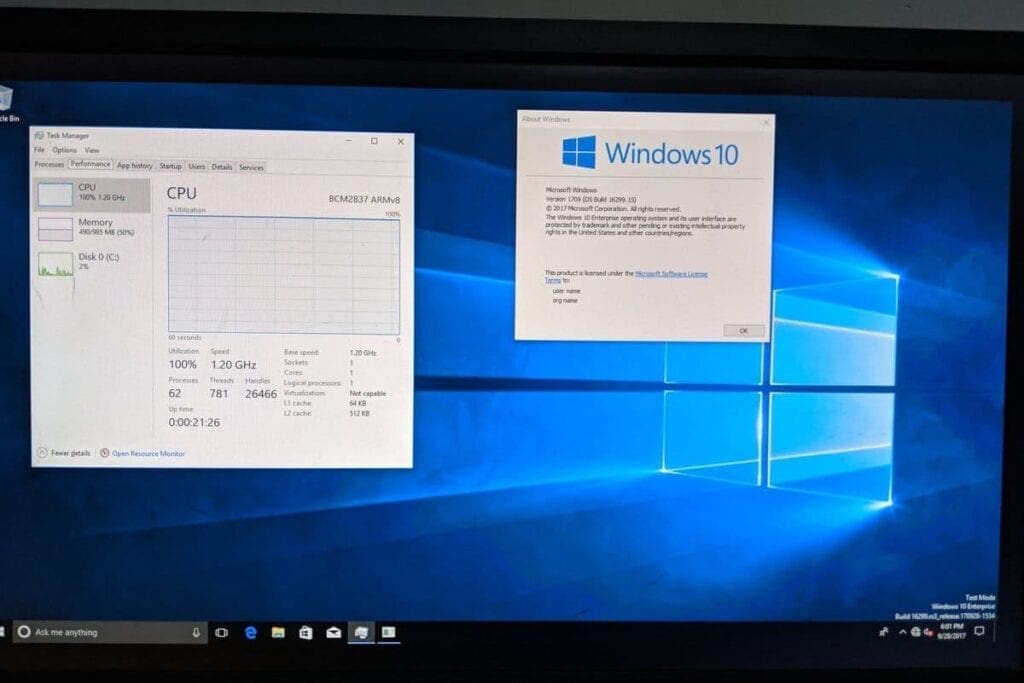
A list of Top Raspberry Pi 4 OS options would be incomplete without adding Windows 10. Windows on Raspberry is available to people legally holding a Windows 10 copy. Before installing the wizard, clients must obtain a copy of their Windows 10 ARM image. Getting the Windows 10 ARM image is when guidance gets relatively rare, forcing users to select their own best solution. Because of this highly complex setup process requirements, folks unwilling to perform research or read instructions may want to avoid this alternative.
Once you get your Windows 10 image, the Raspberry Windows program makes it easier for clients to run the Windows 10 installation wizard at first boot. While Windows 10 is one of the world’s most commonly used operating systems, applications compatible with Windows 10’s ARM edition have limitations. It also demands a large microSD card with at least 8GB of accessible installation space. A Pi 4 with additional RAM is suggested.
Raspberry Pi & Windows 10: How to Get Started
- Installation process: Requires Windows 10 operating system license and Windows 10 ARM image to format the microSD card. The graphical wizard completes the setup process on the first boot.
- Software store availability: Yes, through the Windows store
Raspberry Pi 4 OS Category: Task-Specific
The following operating systems are designed to assist their users in doing a given activity or group of tasks more conveniently or effectively. In comparison, they do not include all of the capabilities that general-purpose operating systems have. Their specialization on a single task result in more efficient performance.
OctoPi
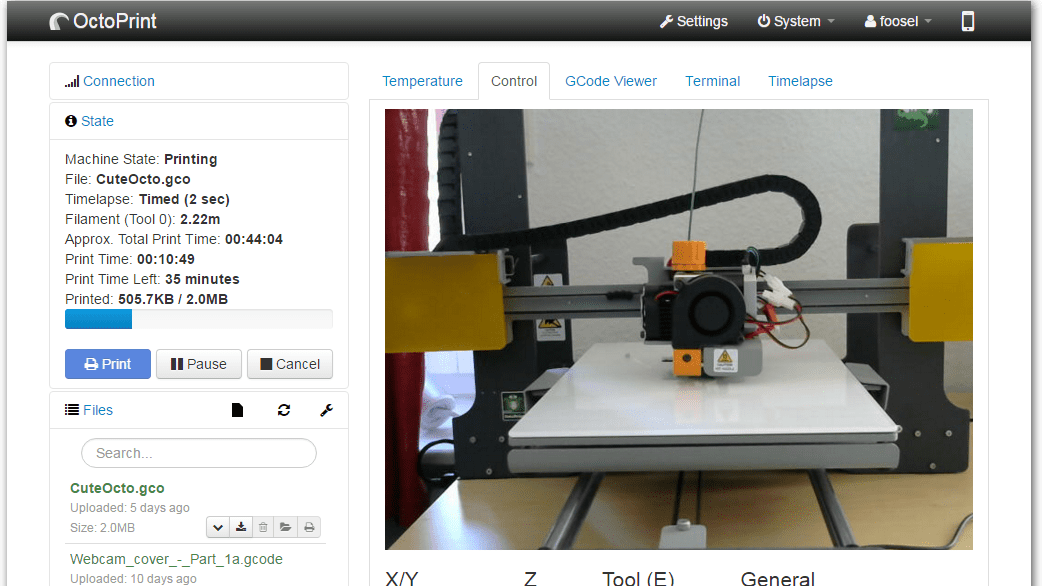
OctoPi is a Linux distribution targeting 3D printer owners and enthusiasts. Its core feature set comprises pre-installed and automated cameras and camera support for OctoPrint. It may be difficult to get special support other than by filing a bug report to the main GitHub issue tracker, as OctoPi is based on prominent open-source projects. You may have a better chance of success if you search for those community groups.
OctoPi is optimized for stable and quick performance on the Raspberry Pi 4, while setup instructions are confined to the main GitHub project page and the OctoPrint project. If you’re new to the Raspberry Pi with flashing Linux or another OS, read the documentation thoroughly or watch a tutorial before starting.
- Installation process: Requires host OS (Linux, macOS, or Windows) to format the microSD card. The graphical wizard completes the setup process on the first boot.
- Software store availability: Yes, through the APT
- Minimum SD card size: 8 GB
Ubuntu Server

Since you’d believe that Ubuntu Server is in the same category as Ubuntu Desktop, it’s optimized to execute applications without a desktop user interface, making it suited for more specialized projects and cases. Ubuntu Server is an ideal starting point if you’re working on a Top OS Raspberry Pi 4 project that requires a reduced installation size of 2,5 GB but still requires access to the software libraries made available through the APT and Snaps command-line utilities.
While Ubuntu Server may not contain many creature comforts, it includes the tools needed for tech-savvy users to get their projects operating quickly. The Ubuntu Server community is well-established and can be relied on to provide answers to your inquiries if you are stuck or need help with a specific component of your setup. Keep in mind that not all information online is related to Ubuntu Server ARM versions.
- Installation process: Requires host OS (Linux, macOS, or Windows) to format the microSD card.
- Software store availability: Yes, through the APT or Snap commands
- Minimum SD card size: 3 GB
Kali Linux

Kali Linux is an open-source project aimed to create a Linux-based operating system for network security testing and ethical hacking. Based on Debian Linux, the operating system behind Raspbian, Ubuntu, and others, Kali Linux may be the leading white-hat hacking operating system with over 600 pre-installed tools if you select the maximum full 20 GB installation size.
Those seeking official support can contact Kali, founders of Offensive Security, for certified courses and certification. They also give detailed documentation through their community forums.
- Installation process: Requires host OS (Linux, macOS, or Windows) to format the microSD card. The graphical wizard completes the setup process on the first boot.
- Software store availability: Yes, through the ATP
- Minimum SD card size: 2 GB minimum, 20 GB recommended
Linutop
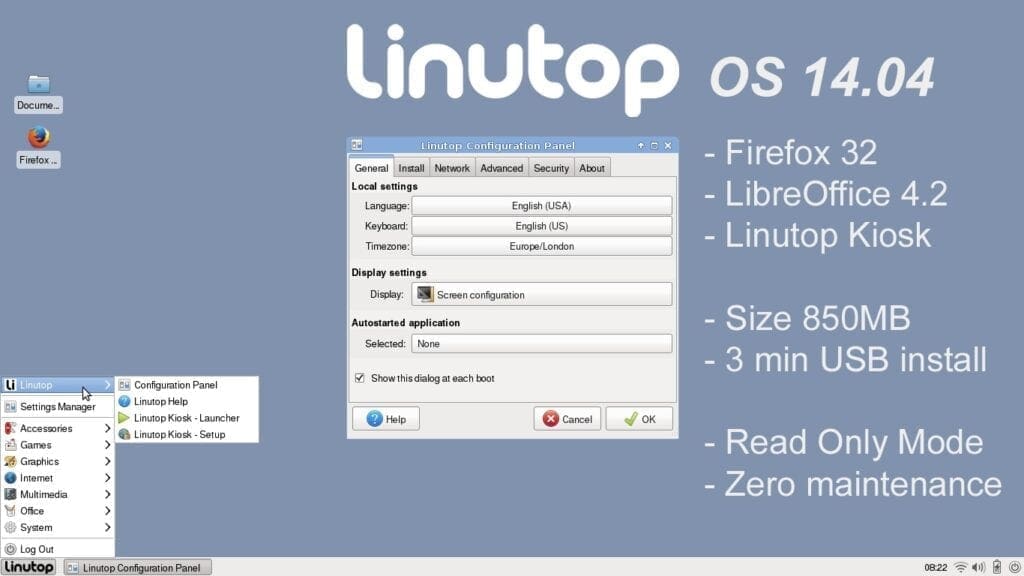
To seek a low-maintenance sign board or web kiosk, try Linutop OS. Based on the lightweight display manager Top OS Raspberry Pi 4 and XFCE, Linutop provides a built-in kiosk mode that secures your Raspberry Pi while displaying multimedia content.
One of the few paid operating systems listed here will cost you about $100 after the demo version. With minimal documentation online, Linutop serves its niche effectively but shouldn’t really be considered unless you need to discreetly display information in a public context. Linutop isn’t a large internet community. The website also doesn’t define what form of service users may expect after purchasing the OS.
- Installation process: Requires host OS (Linux and Windows officially supported) to format the microSD card. The graphical wizard completes the setup process on the first boot.
- Software store availability: Yes, through the APT
- Minimum SD card size: 8 GB
OpenHABian
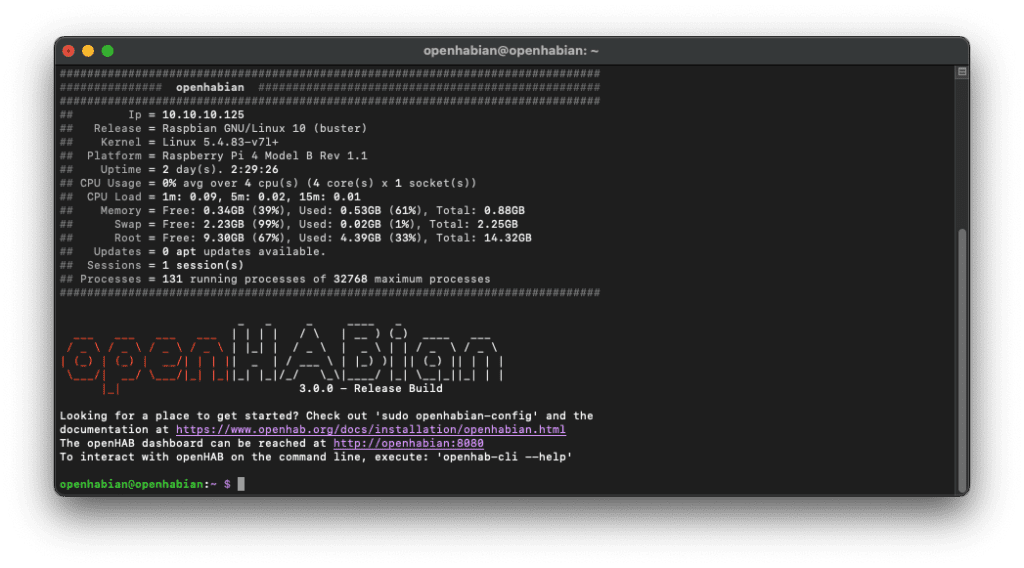
Numerous users rely on third-party services to automate the lighting, temperature, music, and other IoT devices in their homes. The OpenHABian OS is a fast start for Raspberry Pi users who want to use OpenHAB (an IoT automation tool) with minimal setup and configuration for the more than 2,000 IoT devices it supports.
The incredibly rich but sometimes complex documentation makes it easy for novice users to flash and connect to the OpenHABian image for the first time with a remote command-line tool. After completing the basic configuration, you may add devices, rules, and instructions through the web interface. While OpenHABian is easy to install, it takes time to fully configure. It is essential that you investigate your IoT devices’ compatibility extensively before installing on a Raspberry Pi 4.
- Installation process: Requires host OS (Linux, macOS, or Windows) to format the microSD card. The graphical wizard completes the setup process on the first boot.
- Software store availability: Yes, through the APT
- Minimum SD card size: 8 GB
OS Category: Entertainment
Not everyone with a Raspberry Pi 4 wants to use it for daily computing or tasks. Many buy the Top OS Raspberry Pi 4 to power a media center or mini-game console. Subsequent operating systems frequently require larger microSD cards and may require active cooling solutions to run efficiently.
RetroPie
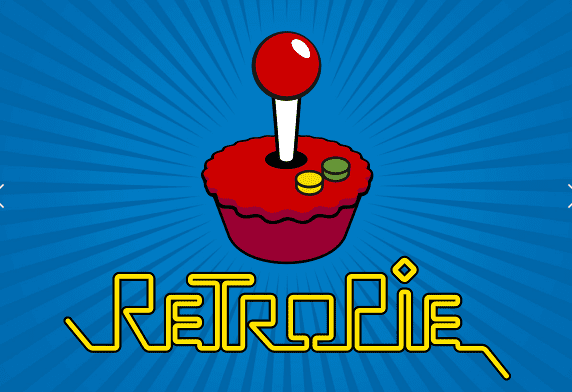
The RetroPie project seeks to turn your Raspberry Pi into a gaming machine retro console. Raspberry Pi 4 owners may exploit the Pi 4’s enhanced horsepower to reproduce any of the over 50 consoles in the default package. With multiple contributions since the project began earlier this decade, the RetroPie community is strong and supports users of all Raspberry Pi models. The well-documented setup and settings of this OS make installation a breeze.
- Installation process: Requires host OS (Linux, macOS, or Windows) to format the microSD card. The graphical wizard completes the setup process on the first boot.
- Software store availability: Yes, through the APT or Snap commands
- Minimum SD card size: 8 GB
OSMC

The Open Source Media Center, or short OSMC, is a free, open-source operating system that enables you to quickly change your Top OS Raspberry Pi 4 into your own personal media center that supports most multimedia types. Although the OSMC image is officially installed via the simple Mac or Windows installer, you can download and flash the OSMC image to your SD card directly. OSMC generally makes playing or streaming video from numerous sources exceedingly simple and efficient.
While the setup process is basic, the wiki on their website is relatively restricted, and you may need to rely on the community for specific responses.
- Installation process: Requires host OS (macOS and Windows officially supported) to flash the SD card and program main OS settings. The graphical wizard completes the setup process on the first boot.
- Software store availability: Yes, through the “add-on browser.”
- Minimum SD card size: 8 GB minimum, 16 GB if you plan to install several apps and add-ons
Kano

Kano, the educational technology startup, lets all Raspberry Pi users download its Kano OS. This OS gives access to the Kano software suite, aimed to teach people of all ages how to code in an engaging, collaborative environment. While Kano does not expressly support the Raspberry Pi 4 when authoring, most community users claim that the OS runs successfully on the Pi 4 with very few limitations.
Kano users form an online portal around “Kano World,” where users can learn to code and share their work. Overall, it’s a terrific approach to expand your coding and software development principles understanding.
- Installation process: Requires host OS (Linux, macOS, or Windows) to format the microSD card. The graphical wizard completes the configuration process on the first boot.
- Software store availability: Yes, through their app store
- Minimum SD card size: 8 GB
Lakka
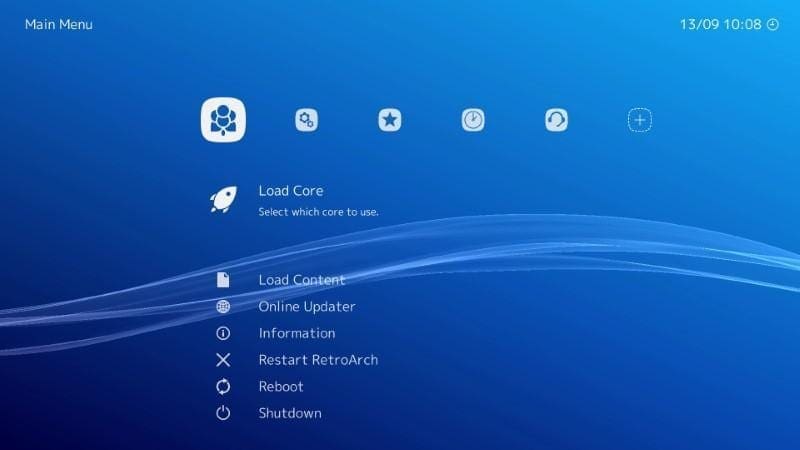
The Lakka OS team makes it easy and uncomplicated to flash their lightweight retro game OS onto an SD card for your Raspberry Pi 4. Like RetroPie, Lakka uses RetroArch’s front-end emulator to emulate over 50 consoles. However, because Lakka is built on LibreELEC OS lightning-fast operating system, users should expect a streamlined, better frame rate experience than RetroPie with less customization and fewer new features.
For Lakka users, less community aid seems to be available than for RetroPie users. Lakka users will need to rely more on detailed, thorough online documentation. Simultaneously, Lakka simplifies updating by including built-in patches similar to those seen on newer consoles.
- Installation process: Requires Host OS (Linux, macOS, or Windows) to format the microSD card, or it can be installed through NOOBS. Setup completes in the background on the first boot and requires a restart.
- Software store availability: None
- Minimum SD card size: 8 GB
Various operating systems for Raspberry Pi
Please note that I have tried to highlight only active Raspberry Pi OS projects. If a project is canceled soon, please contact me in the comment box, and I will update this article.
Additionally, though I’ve focused on the current Raspberry 4, this isn’t just the OS for Raspberry Pi 4 itself. You should be able to use it on Raspberry Pi 3, 3 B+, and other versions, but please review the most up-to-date information on official project websites.
HOW DO I GET STARTED WITH THE RASPBERRY PI 4?
One thing to remember is that the Pi, in its most basic configuration, is nothing but a bare board. Additionally, you’ll need a power source, monitor, or television, linking the display to the computer, usually a micro HDMI connection, as well as a mouse and keyboard.
Once all wires are connected, the easiest way to get the Raspberry Pi running is to download the NOOBS software. Follow the steps to take you through the process of installing a Pi OS after the download is complete. The installer allows you to install a range of operating systems, although Raspbian is an ideal choice for first-time users.
Raspbian’s design and feel should be familiar to any new desktop user. The continually upgraded OS received many aesthetic makeovers, most recently to give it a more minimalist appearance. It comprises a web browser, office suite, programming tools, educational games, and other software.
Installing Raspberry Pi OS
Installing another Raspberry Pi operating system is simple, thanks to the Raspberry Pi Imager software. Download the Raspberry Pi Imager and install any Top OS Raspberry Pi 4 quickly.
CAN I USE THE RASPBERRY PI 4 AS A DESKTOP PC?
Pi may be used as a low-cost desktop computer, and it has never worked better than with the debut of the Pi 4. The primary benefit for daily use—office applications, web browsing, and online services access—is higher RAM.
With 4GB RAM, the Raspberry Pi 4 no longer suffers from resource-intensive web pages and programmes and can move easily between full online services like Google’s G Suite and today’s JavaScript-heavy websites. It feels almost equal to a PC costing the price in many aspects, due to the improved specs and the lightweight yet competent Raspbian desktop.
Wrapping Up
I’m sure there are plenty of additional Raspberry Pi adapted operating systems. But I’ve tried to highlight the most popular or helpful ones that are constantly updated.
If you think I overlooked one of the best suitable Raspberry Pi OS, please let me know!

